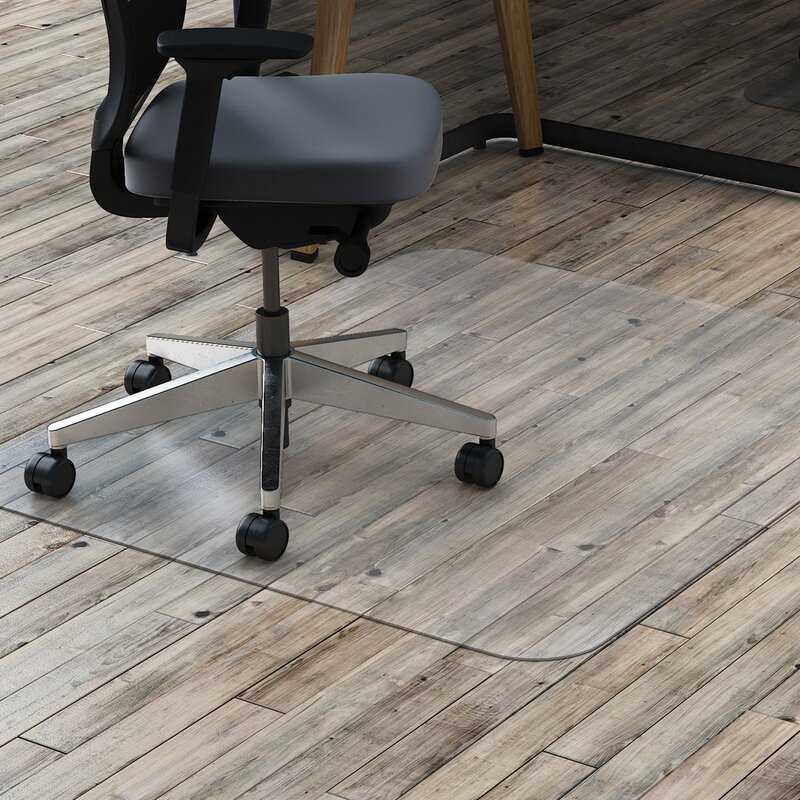Are you tired of your chairs scratching and damaging your beautiful floors? Look no further than chair mats! These mats not only protect your floors but also provide ergonomic benefits. However, choosing the right material for your chair mats is crucial for their effectiveness and longevity. In this guide, we will explore the best capteting material for chair mats and everything you need to know before making a purchase.
PVC is a popular choice for chair mats due to its durability and affordability. It is a synthetic plastic material that is resistant to spills, stains, and scratches. PVC mats are also easy to clean and maintain, making them ideal for high-traffic areas or offices with rolling chairs. However, it is important to note that PVC contains chemicals that can be harmful to the environment.
Polycarbonate is a high-quality material known for its extreme durability and strength. Chair mats made from polycarbonate are highly resistant to cracking, warping, and discoloration. They can withstand heavy loads and provide excellent protection for all types of floors, including hardwood, carpet, and tile. Additionally, polycarbonate is a safe and eco-friendly option as it is free from harmful chemicals.
If you are conscious about the environment, there are eco-friendly alternatives available that offer similar protection to traditional chair mat materials. These alternatives are typically made from recycled materials such as PET (Polyethylene Terephthalate) or bio-based polymers. They are sustainable options that reduce waste and minimize the ecological impact.
When choosing the right capteting material for chair mats, consider the following factors:

When it comes to chair mats, choosing the right capteting material is essential for protecting your floors and ensuring comfort. PVC and polycarbonate are the most common materials used, offering durability and functionality. Eco-friendly alternatives are also available for those who prioritize sustainability. Consider factors such as thickness, texture, size, and warranty when making your decision. Invest in a quality chair mat, and enjoy the benefits of a well-protected and ergonomic workspace.
Fax:+86-(0)21-54409108
E-mail:info@dedaomats.com
Tel/Whatsapp:0086-15000405598
Address:No. 17, Bingang Road, Hairun Street, Taizhou, Zhejiang, China